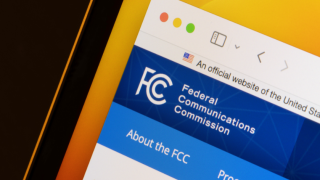According to the State of LEO Satellite Network report by ABI Research, the figure is set to rise from 7,473 in 2023.
This growth is expected to be driven by major investments from countries like China and those in Europe, with companies also entering the market, creating new business opportunities in areas like communications, Earth observation and space-based services.
Rachel Kong, research analyst at ABI Research, said: “As we observe more competitors innovating their technologies and upgrading their satellite constellations to stay ahead in the space race, we anticipate a surge in commercial investment in satellite services and applications, including the Internet of Things (IoT), remote sensing, and global satellite communications.
“Additionally, advancements in real-time data processing and analysis, coupled with growing competition in value-added services such as Artificial Intelligence (AI) and edge processing, will spur increased applications in the Earth observation industry.
“These factors are expected to drive significant growth in the LEO satellite market in the coming decade.”
This comes as companies like AWS, Spire Global, Telesat Lightspeed, D-Orbit, Anduril and Ubotica are already working on satellite systems using AI and edge computing.
Meanwhile, Chinese firms such as Spacesail and China Satellite Network Group are also building their own satellite networks.
"To capitalise on the growing opportunity in the satellite market, it is essential for ecosystem players to recognize the potential in emerging markets such as Asia-Pacific, Southeast Asia, and Africa," Kong added.
"These regions offer vast untapped opportunities, though a lack of investment and regulatory barriers currently limits them. Moving forward, it will be crucial to collaborate with local governments and ecosystem players to align regulatory policies, expand broadband access, and strengthen digital infrastructure."
RELATED STORIES








